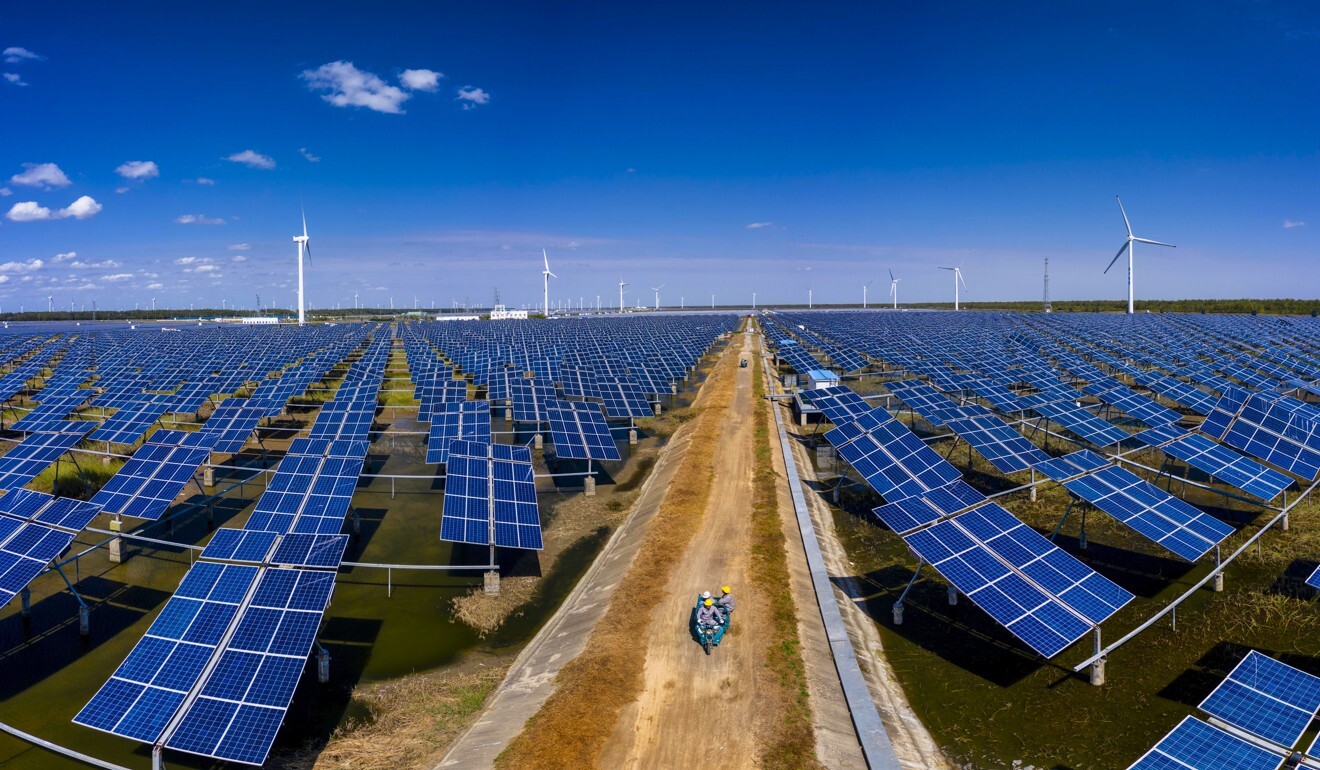
China’s leaders start charting course for next five years in their major policy meeting, the Fifth Plenum, with economy and US friction in spotlight
- The Communist Party’s fifth plenum started in Beijing with an address by Xi Jinping outlining his major policy objectives
- The new five-year plan is expected to include measures to simulate domestic economy as country braces for further confrontation with US
The Chinese Communist Party leadership started a four-day meeting to chart its future course on Monday as the country faces its most serious external challenges in decades amid the increasing rivalry with the United States and a global pushback in the wake of the coronavirus pandemic.
The 200-member strong Central Committee, the top decision-making body of the ruling party, opened its Fifth Plenum on Monday with President Xi Jinping delivering a work report, a draft five-year plan and a document outlining China’s long-term objectives up to 2035 at the meeting.
China will only start its counter-offensive when it is confident it can catch up
The plenum is expected to issue a communique when it closes on Thursday. Knowledgeable sources said drafts of the five-year plan, which sets out key economic and political goals for the period, and the long-term objectives would be released in the coming weeks, and they are expected to be formally approved by the National People’s Congress – China’s top lawmaking body – in March next year.
Last month the Development Research Centre of the State Council forecast that the Chinese economy would overtake that of the European Union in seven years and surpass the US by 2032.

05:06
Millions of new blue-collar jobs are piling on pressure for many workers in China
In recent speeches, Xi has stressed that China must become more self-reliant, invest more in domestic technological innovation, improve the environment and focus on what he calls a “dual circulation” strategy – a concept that aims to increase the focus on domestic consumption to boost the economy while balancing it with foreign trade and investment.
Zhang Yansheng, chief researcher at the China Centre for International Economic Exchanges, a Beijing-based think tank, said the 14th five-year plan’s targets would include the quality of economic growth, technology and innovation, institutional reforms and the building of high-end industrial supply chains.
“The, ‘dual circulation’ economy and further reform and opening up will also be key points too,” he said, adding that the five-year plan would also include measures to develop a low carbon economy and reduce energy consumption to meet a pledge by Xi for China to reach carbon neutrality by 2060.
China will focus on self-reliance and cutting risk, says vice-president
Junfei Wu, deputy director of Hong Kong’s Tianda Institute think tank, calculated that by the end of the year China’s economy would be 72 per cent the size of America’s.
“China has gained much experience in reopening the economy while keeping the Covid-19 pandemic largely in check. We don’t see that [happening] in the US yet,” Wu said.
“So it is highly likely that China will break the record set by Japan, which reached 71 per cent of US GDP before its economic bubble burst [in the 1990s].”

Lin Boqiang, director of the China Centre for Energy Economic Research at Xiamen University, said that China should carry out a systematic reform of its energy system to deliver on the carbon neutrality pledge and it needs to act quickly.
“The share of fossil fuels in China’s energy mix now is about 80 per cent and China needs to transform the energy system in 40 years. It’s extremely hard,” said Lin.
A study by Tsinghua University’s Institute of Energy, Environment and Economy in September showed that the amount of energy provided by non-fossil fuels would need to grow from about 15 per cent last year to 20 per cent by 2025, 62 per cent in 2050 and 84 per cent in 2060 to achieve the carbon neutrality target.
What will it take for China’s inward-looking economic strategy to work?
It also argued that China should apply technologies such as carbon capture and storage to mitigate the remaining carbon dioxide emissions.
The meeting started just over a week before the US presidential election, which is certain to have a significant impact on US-China relations and the economic and diplomatic response from Beijing.
US President Donald Trump has repeatedly blamed China for failing to contain the coronavirus, which was first detected in central China last December, and has urged on the international community to hold China accountable.
Deng Yuwen, a former deputy editor of Study Times, a Communist Party publication, said the leadership is preparing China for a lengthy struggle with the United States that has been compared to Mao Zedong’s preparations for a “protracted war” against the Japanese invasion.
Deng said that in 1938 Mao argued that China “would be on the defensive first before gathering enough strength to fight to a strategic stand-off and eventually winning the protracted war”.
“The reference to a ‘protracted war’ began to appear after the Politburo of the Communist Party held a meeting in July indicating that the party leadership believed [China’s] conflict with the US would be a long-term struggle. [They see that] the US has been on the offensive since May 2018 but their assessment is that China has suffered but the impact was not severe,” Deng said.
Deng, who is currently an independent political analyst based in the US, said the new five-year plan would aim at patching up China’s weaknesses but lay out an overall game plan to buy more time by avoiding direct and immediate confrontation with the US.
“China will only start its counter-offensive when it is confident it can catch up and close most of the technological gaps [with the US] especially through establishing its own domestic supply chains,” he said.


